Curator Alejandro Aravena called for some collective soul-searching from the creative world ahead of the Venice Architecture Biennale, with his strapline: ‘reporting from the front’.
‘The first thing was to define what are the front lines, what are the challenges, what are the problems?’ said the Chilean architect. ‘Inequality, migration, pollution and the production of waste are the kind of things every single citizen suffers or experiences.’
Don’t expect monuments to starchitects’ egos at the architecture bonanza (running until 27 November). In fact, emerging practices are given equal footing with big names within the medieval warehouses of the Arsenale, and micro projects are as important as macro.
This is a Venice Architecture Biennale with a social conscience – one that aims to tackle ‘urgent issues facing the whole of humanity,’ and ‘not just problems that only interest architects’, as Aravena put it.
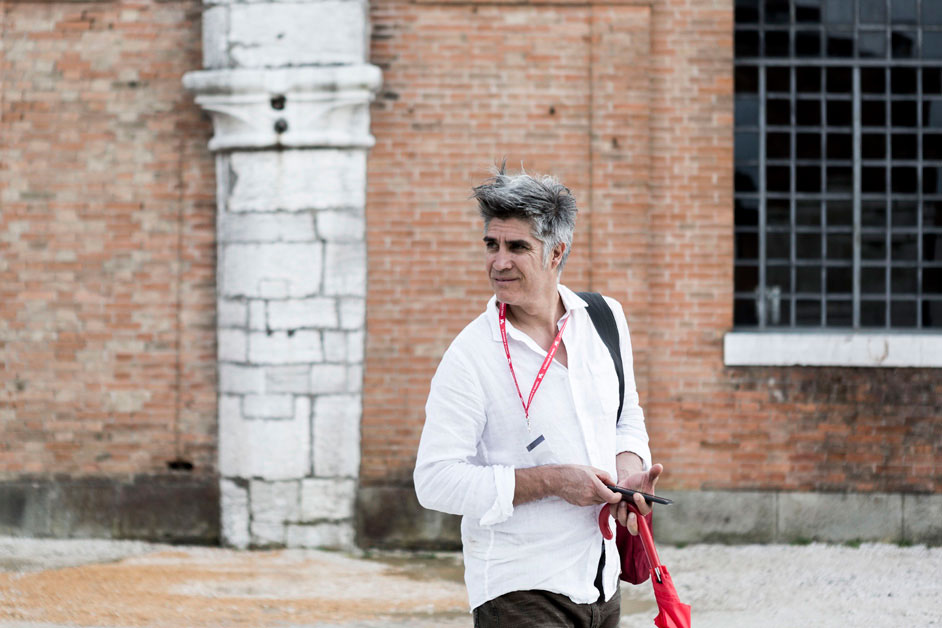
Such a rallying cry is no surprise from an architect who made his name tackling social housing in the developing world. His ‘half a good house’ concept gives residents a shell that they can adapt themselves, playing an active role in raising their living standards.
As curator of the Venice Architecture Biennale, Aravena selects the content for the Arsenale exhibition, as well as the Central Pavilion in the Giardini della Biennale. However, the national pavilions – also within the Giardini – can respond to his provocation as they wish.
We did a lap to bring you the hottest topics this year – and the exhibits not to miss.
1. Tackling the refugee crisis
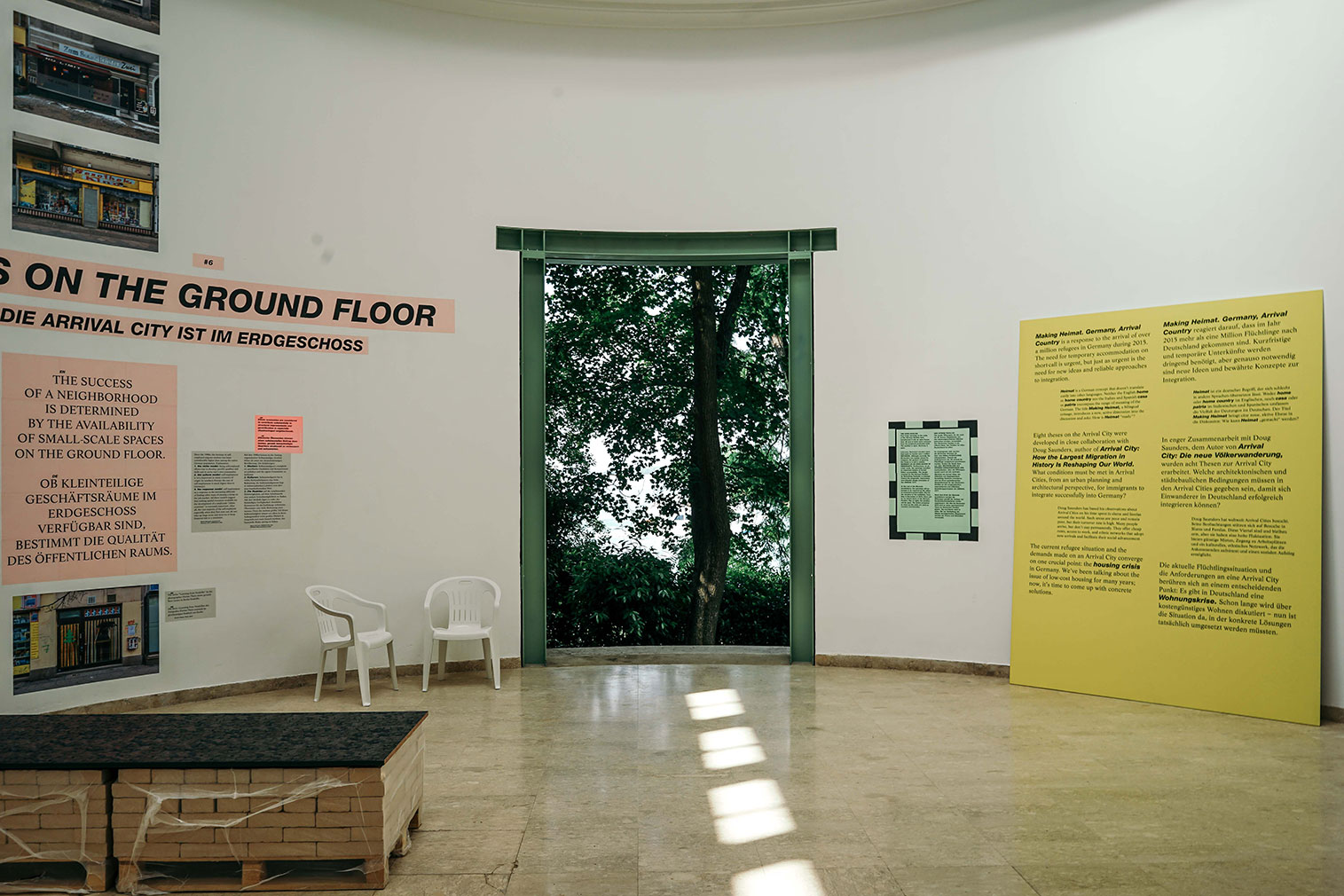
With a swelling tide of over 19 million refugees currently displaced from their homelands across the globe, temporary housing and migration were always going to be central themes. Among the pavilions tackling it head on are the Finnish and Austrian, but none so boldly as the German.
Its curators have bashed holes in the walls of the landmarked-protected building as a gesture of solidarity with the country’s open-door policy to migrants. Bricks from these temporary doors – to be filled in when the Venice Architecture Biennale closes – are used to create benches for debates on how to integrate the country’s 1 million plus newcomers.
‘It’s an illustration of open borders, but it’s also about the changing of German society,’ said Oliver Elser, a curator at The German Architecture Museum, which masterminded the show.
Making Heimat (or ‘homeland’, as the show’s title loosely translates) calls for unorthodox solutions to housing migrants with a series of graphic statements on the walls.
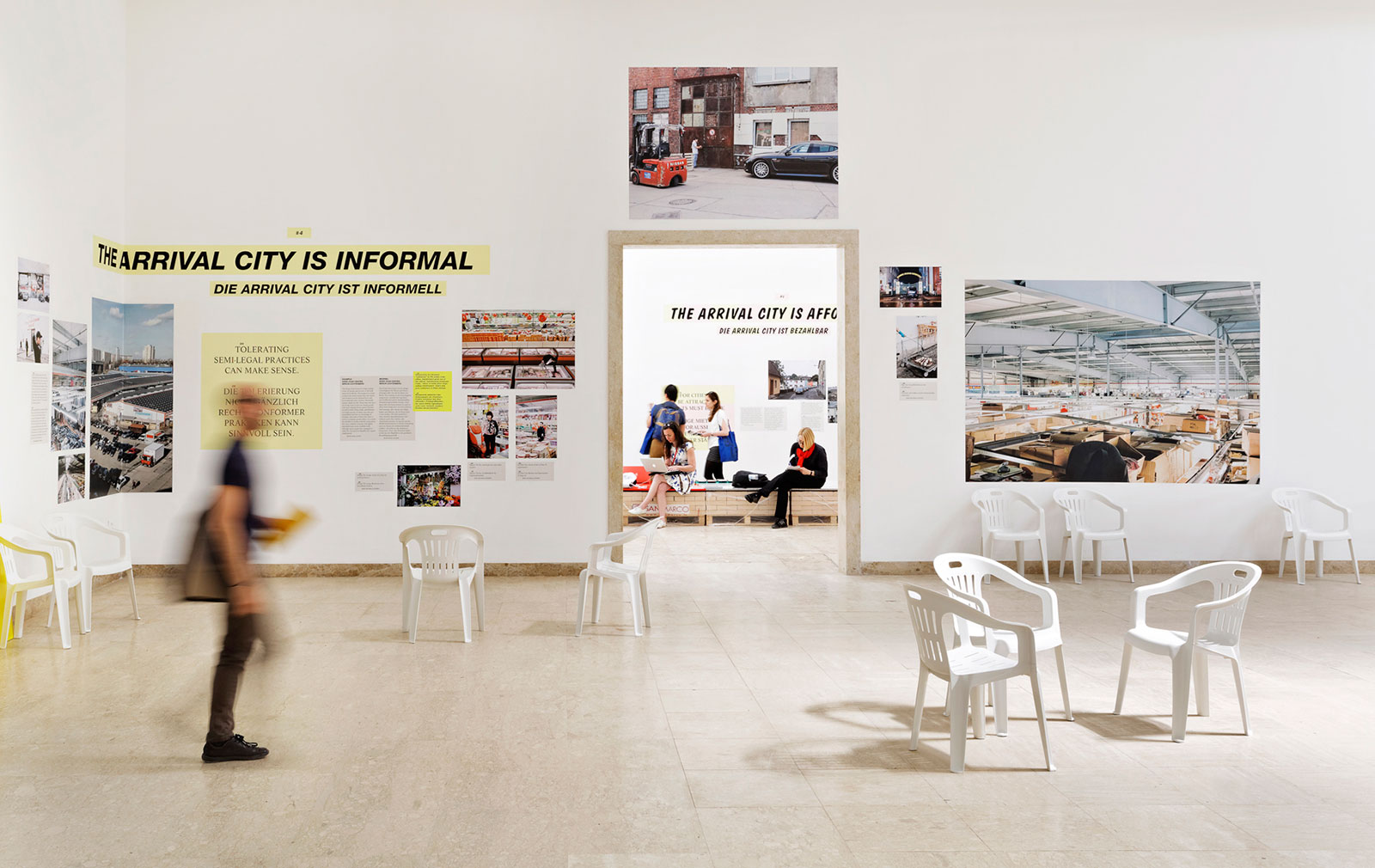
One example – ‘The arrival city is informal’ – argues for a relaxed oversight of business practices and planning rules that delay housing solutions for migrants. Another declaration ‘Ethnically homogenous districts enable community networks’ flies in the face of conventional discourse about integration.
These refreshing avowals force people to look at the situation anew, showing that perceived wisdom might not always be right and that a shift in attitude is needed.
2. What temporary settlements can teach us
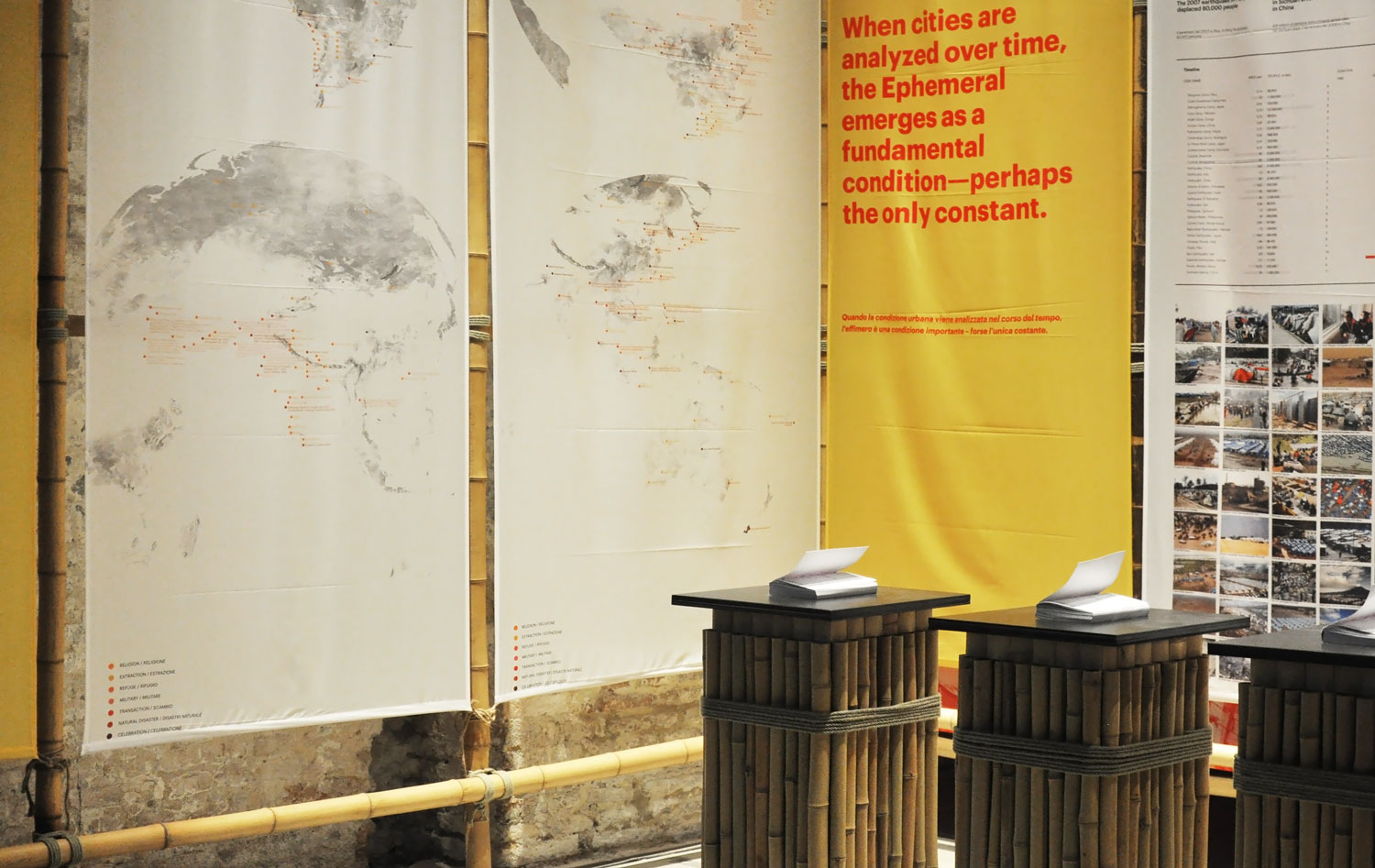
Permanence is what people strive for in urbanisation today but does it actually matter? The ‘Ephemeral Urbanism’ exhibition in the Arsenale seeks to challenge this default position.
Curators Rahul Mehrotra, Felipe Vera and José Mayoral have explored everything from Burning Man festival to refugee camps and Hindu settlement Kumbh Mela, where 5 million people live for 55 days on the banks of the Ganges and Yamuna rivers every 12 years.
Kumbh Mela is an extreme example, attended by over 100 million people. But its rapid assembly and management – involving miles of tents, new water pipelines and roads, as well as a police force of 12,500 – can offer lessons in how cities, as incomplete open systems, can accommodate temporariness.
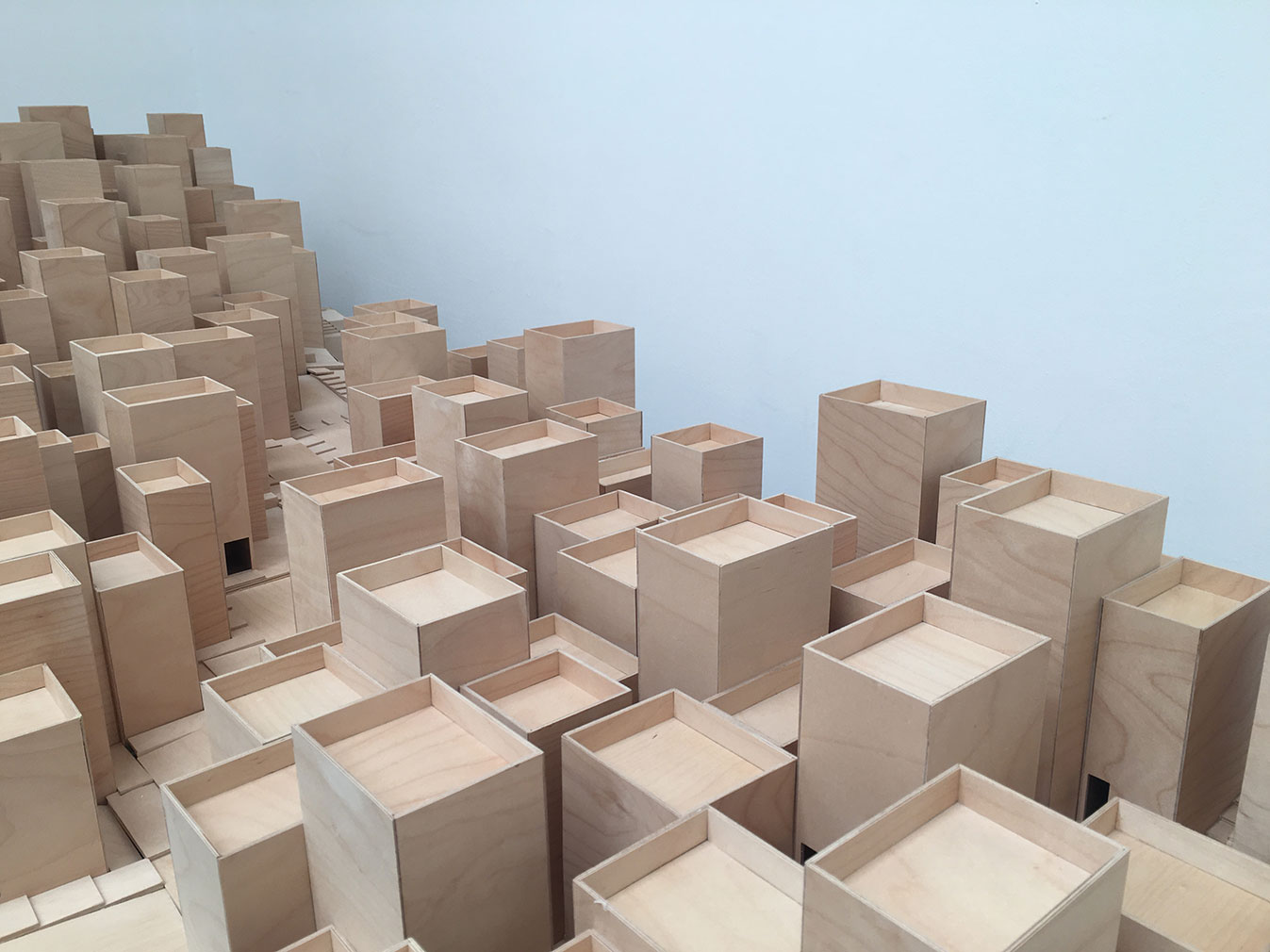
Over in the Central Pavilion in the Giardini, Swiss architect Christian Kerez shows what can be learnt from informal settlements – in this case Brazil’s favelas – without poeticising them. Kerez studies their self-produced environments, drawing on them for his social housing projects, in which each home is unique.
3. Bringing aid and infrastructure to rural communities
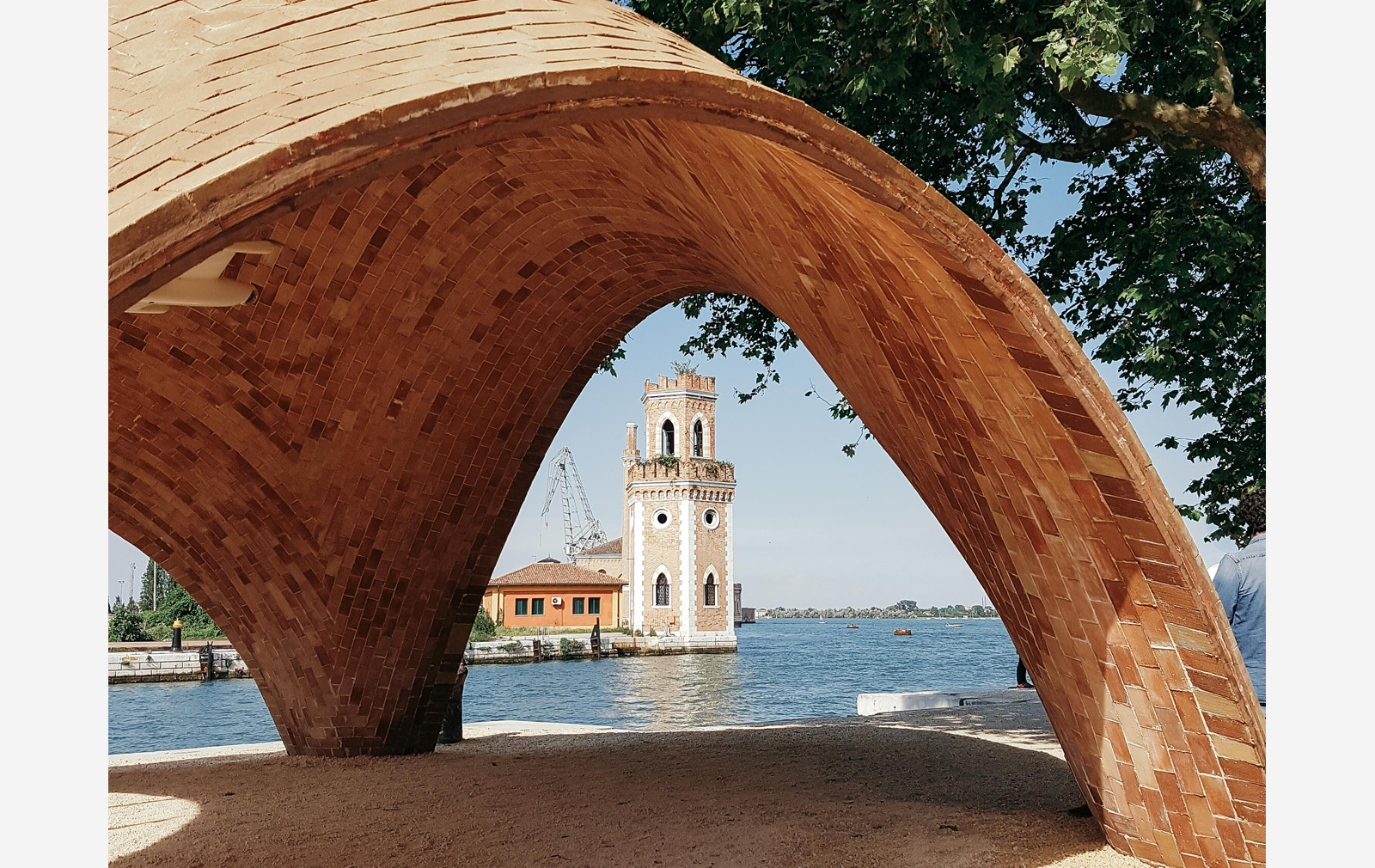
City living usually dominates architecture biennales, but not so in Venice, where a slew of projects aim to reinvigorate rural communities and bring aid to those in need.
Norman Foster eschewed residential towers this year, debuting a prototype of his ‘Droneport’ at the Arsenale. Built from a new composite of compressed earth and cement called Durabric, these vaulted structures are designed to receive drone deliveries of medicine and food.
The Droneport’s simple form belies its highly complex, computer-based design, which will be tested in Rwanda this year. Modular and easy to assemble by an unskilled workforce, it fits with Aravena’s mantra of doing more with less.
Indian architect Anupama Kundoo’s modular Full Fill Home is another case in point. Shown as a full scale mock-up within the Arsenale, the low cost house is made from hollow blocks of ferrocement and can be assembled in six days.
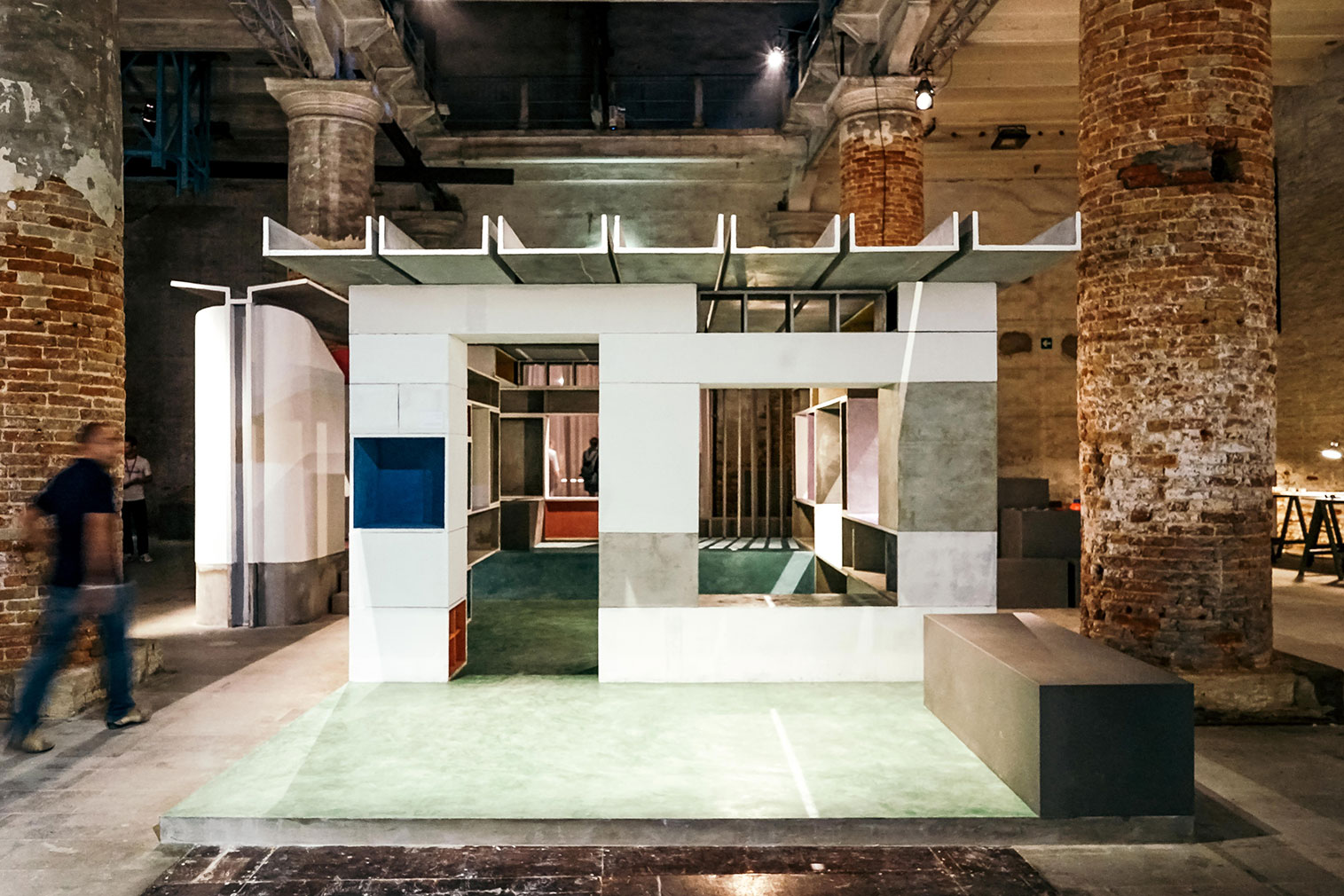
‘By helping communities to fabricate a set of simple building components, we can build knowledge and bring housing back to people,’ she declares.
Over in the Giardini’s Central Pavilion – Japanese studio SANAA is exhibiting its project for Inujima island, showing a series of sensitive interventions that aim to revive its dwindling population. And the neighbouring Dutch pavilion’s ‘Architecture of UN Peacekeeping Missions’ makes the case for architects to design UN camps, transforming them from closed fortresses into catalysts for local development.
4. The changing role of the home
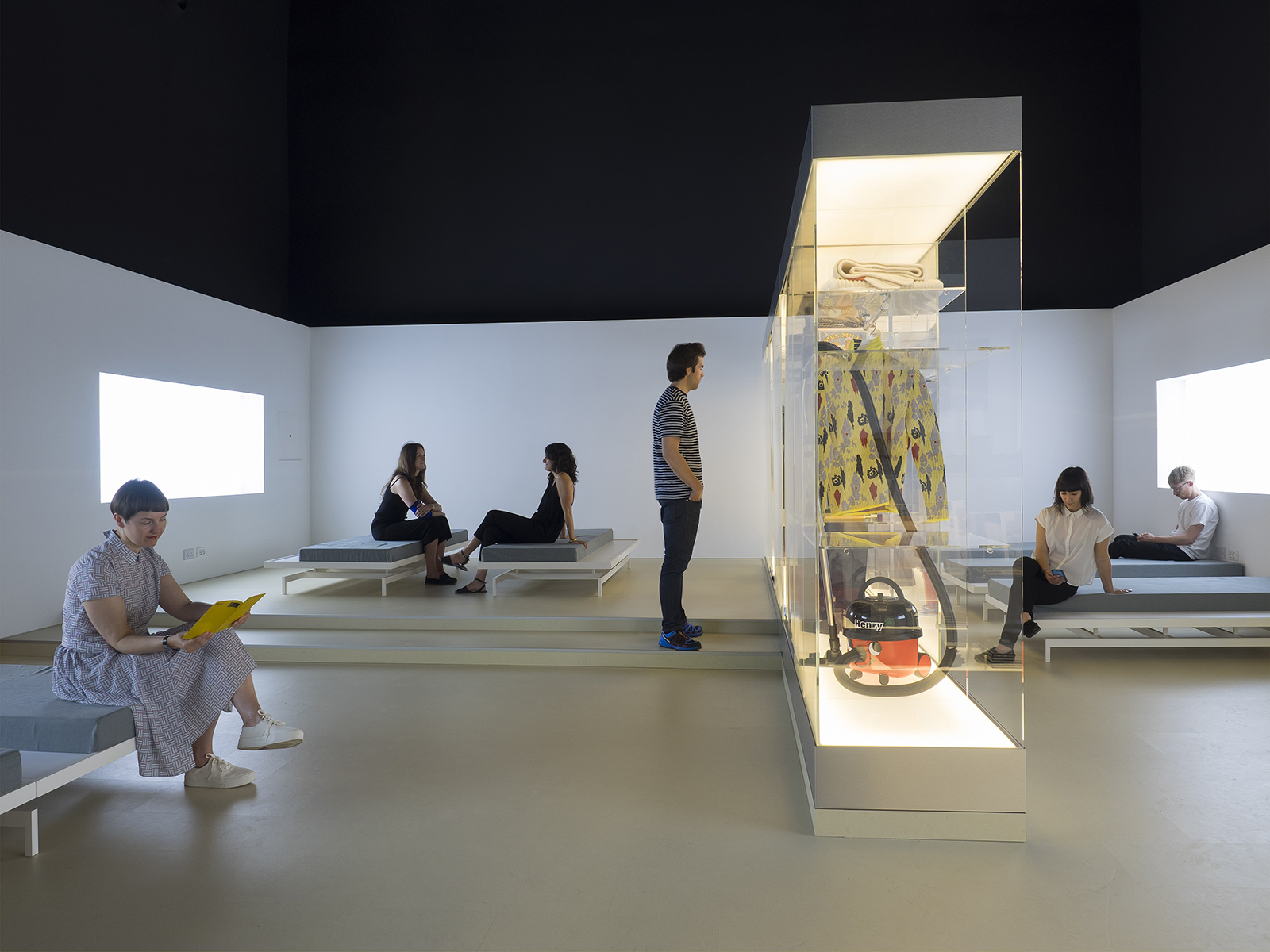
With the digital era affecting how we live, work and play, architects are rethinking the role of home. ‘Our houses are no-longer adequate for our needs and lifestyles,’ says British Pavilion co-curator Finn Williams, whose exhibition Home Economics and book proposes five new models for living.
Hesselbrand architecture studio devised living spaces for the installation that have no prescribed function, making them adaptable to people’s requirements as they grow older. ‘If you design a home that’s appropriate for people that are 18 or 80, they can live there their entire life,’ explains pavilion co-curator Jack Self. ‘It would help end the empty bedroom problem that exacerbates the housing crisis.’
Meanwhile, Williams, Self and Shumi Bose created a communal space for a co-living apartment that poses questions like, how much of your home are you prepared to share? If you pool possessions and square feet, you can afford more luxuries, it proclaims.
Household tools, art – even clothing – could be owned collectively.
Sharing is also at the core of the Japanese pavilion, which challenges the solitary living that has come to define the nation’s cities. Since the 1980s, a rash of studio apartments has spread across Japan, whose population is expected to have dropped 16% by 2040. The pavilion celebrates the architects who are trying to buck this trend.
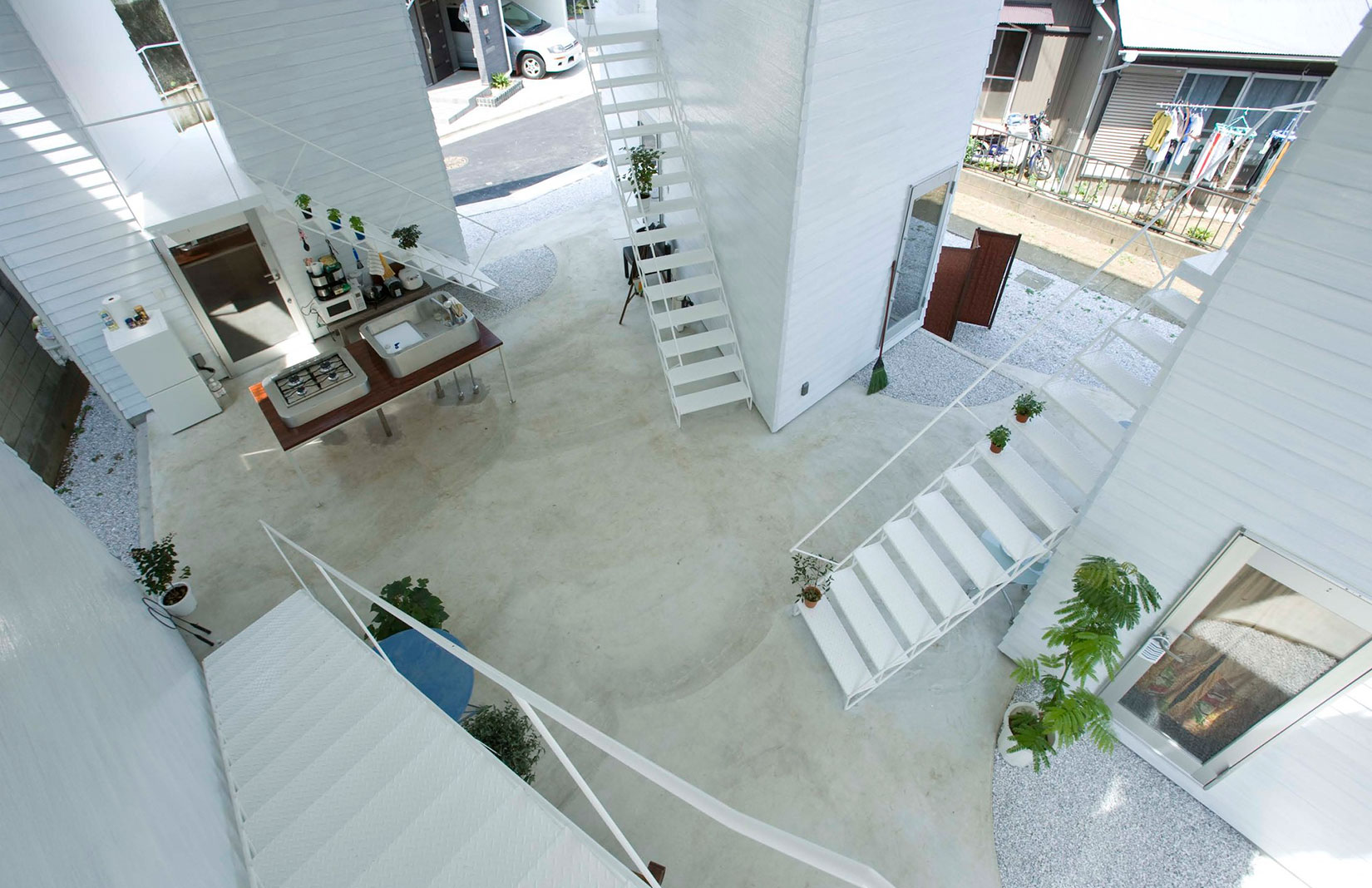
Among them are ON Design Partners, whose Yukohoma rental apartments project is a visionary collective community where young people can live, create and exhibit their work.
5. Adaptive reuse
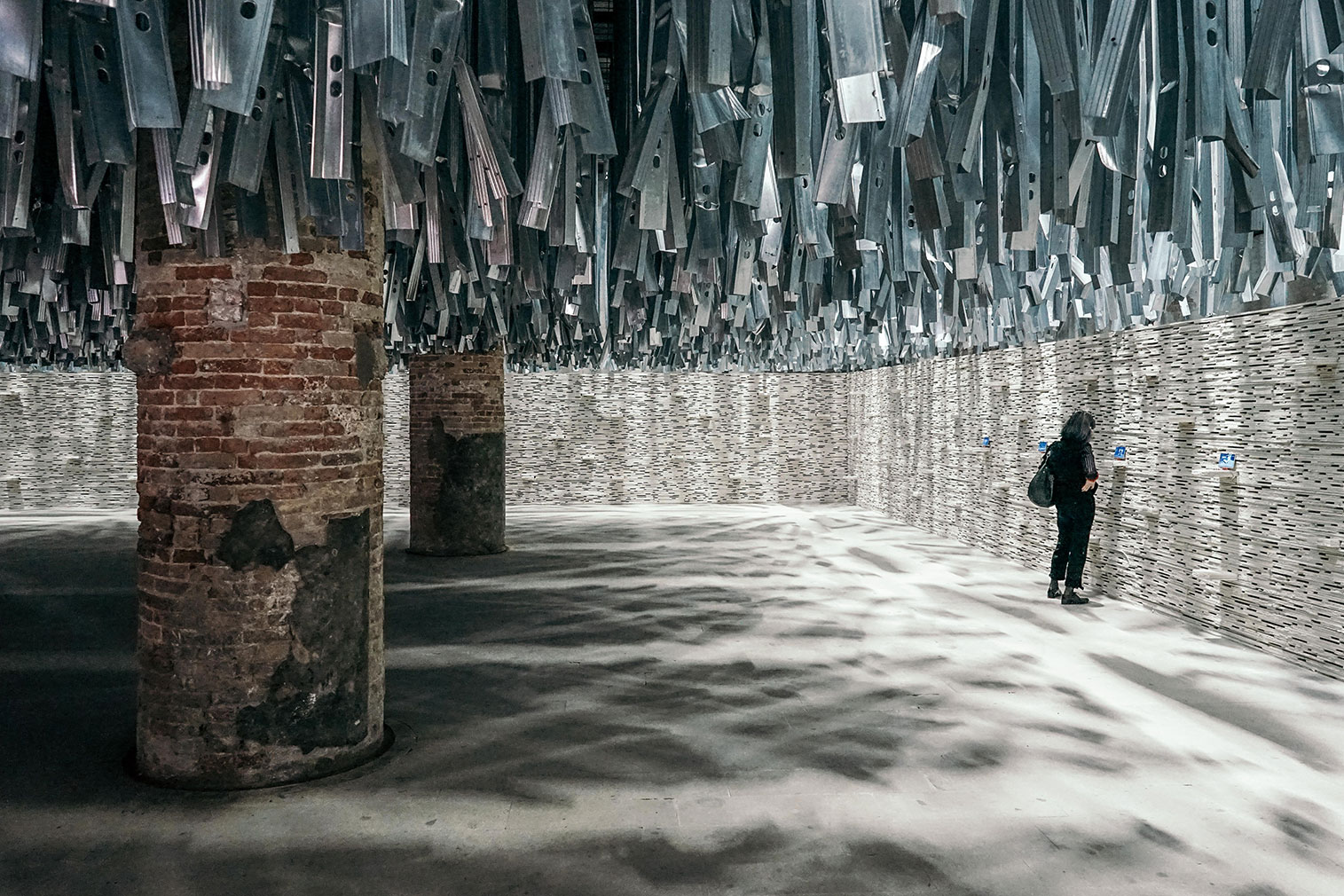
Should we raze or recycle defunct old buildings? The issue of lifespan is thrown artfully into the limelight in the entrance to the Arsenale – itself a giant adaptive reuse project. Metal rods recycled from last year’s Art Biennale hang from the ceiling like branches of a tree, while 100 tonnes of discarded plasterboard elegantly line the walls.
In the Giardini, the US pavilion took Detroit as its focus – a city with a vast cache of abandoned buildings and a dwindling population. Having emerged from bankruptcy, the city is the frontline of the fight for urban renewal in America’s rust-belt.
A curious emphasis was placed on rebuilding, however, save for a few proposals, such as that of FORM architects. They have tackled the vast Packard Automotive Plant, reimagining it as a transport innovation hub. Shaving off the upper floors of the sprawling site, they suggest grafting futuristic robotics labs to its upper floors.
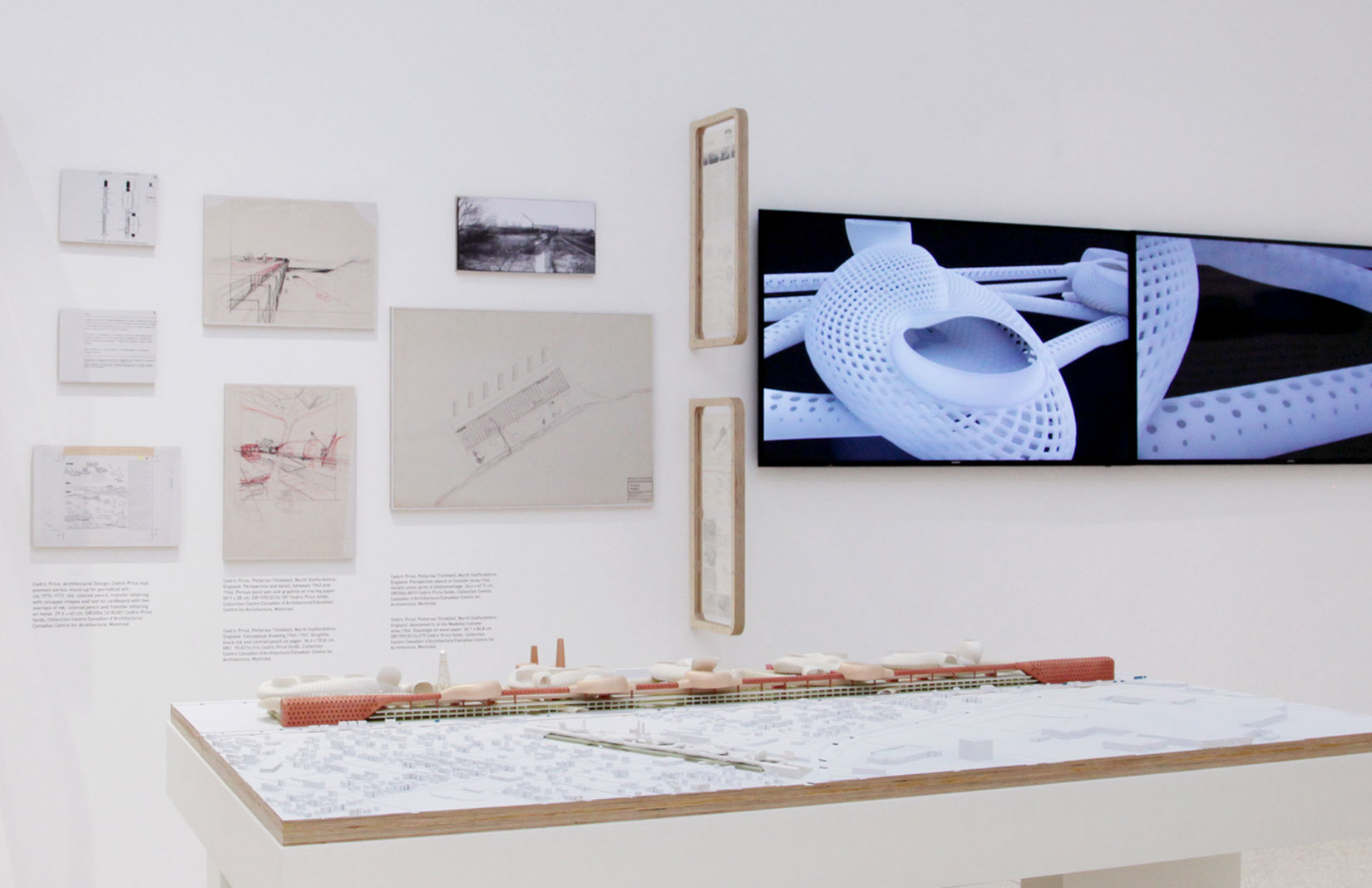
This intestine-like proposal might be fantastical, but it taps into the new generation of automated transport and puts Detroit at the frontline of its development. Turning such gargantuan buildings into their own mini-cities is the key to reactivating them.
But the boldest adaptive-reuse project we encountered is more modest in scale. Several years ago, architect Eduardo Souto de Moura was asked to transform one of his own works from the 1980s – Portugal’s Braga Market – into a dance and arts centre. Eschewing ego, he took a remarkably free approach to his early triumph, pulling off the roof and leaving it as a part ruin, while reinvigorating the building.
Shown as a model in the Giardini’s Central Pavilion, it’s a refreshing approach to reviving defunct spaces.
While Aravena’s theme might suggest tackling international crises, the ‘front’ he refers to is any situation where architects can create change for public benefit – whatever the scale.























